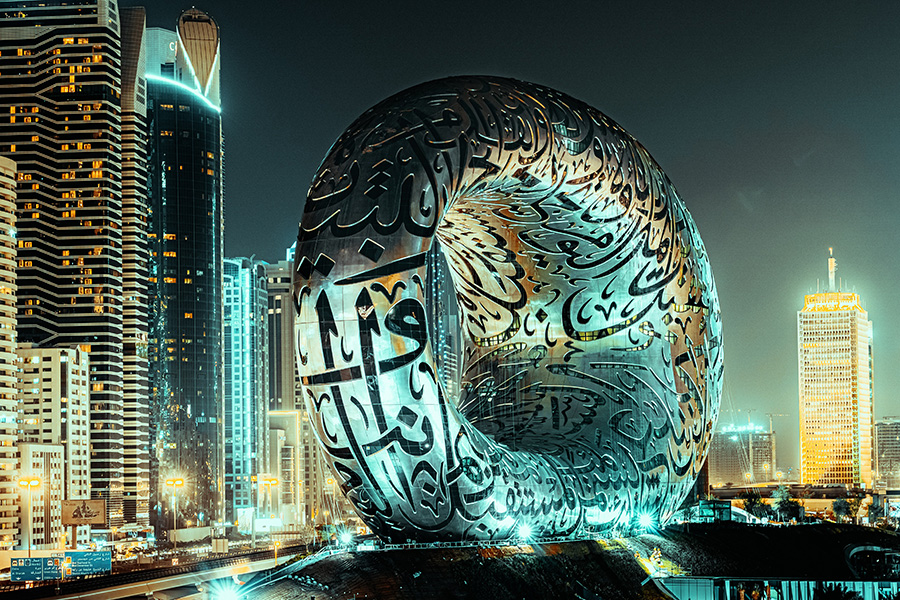
About the Program
The Arabic Program in the Department of Modern Languages and Linguistics at Florida State University gives students a strong foundation in the language, with basic to advanced coursework.
The program also participates with other departments on campus to offer an interdisciplinary undergraduate program in Middle Eastern Studies. MES students study the cultures of the Middle East from ancient times to the present in addition to the languages of the region – and are well positioned to seek employment in or relating to the Middle East.
UNDERGRADUATE
Arabic language courses can be used to fulfill requirements for Middle Eastern Studies and the Arabic Studies minor; and it satisfies the Arts and Sciences language requirement.
WHY STUDY ARABIC
Arabic is the official language of 21 countries with over 422 million speakers. There is high demand and low supply of Arabic-speakers in the Western world. The U.S. government identified Arabic as a critical language. There are financial incentives for learning Arabic. Arabic-speaking nations are a fast growing market for trade. With a GDP of over $2.501 trillion dollars annually, the region also has much to offer the world market. There are 1.8 billion Muslims in the world who study and use Arabic.

